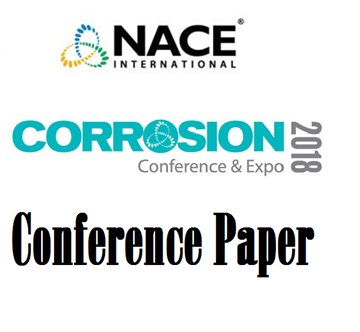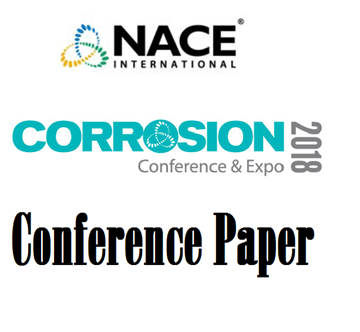Search
51318-10832-Materials Stewardship: A Framework for Managing and Preserving Materials in the Circular Economy
Also Purchased
51318-10842-Good Fabrication Stage Practices to Mitigate Risks Associated with Wet H2S Caustic Amine Carbonate Corrosion and Cracking
Product Number:
51318-10842-SG
Publication Date:
2018
$20.00
51318-10846-Comparison of critical pitting temperatures of stainless steel in different salt solutions
Product Number:
51318-10846-SG
Publication Date:
2018
$20.00
51318-10831-The Promise of a Holistic Digital Strategy for Corrosion and Integrity Management
Product Number:
51318-10831-SG
Publication Date:
2018
$20.00




